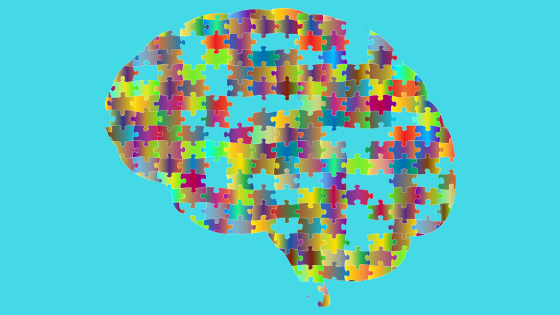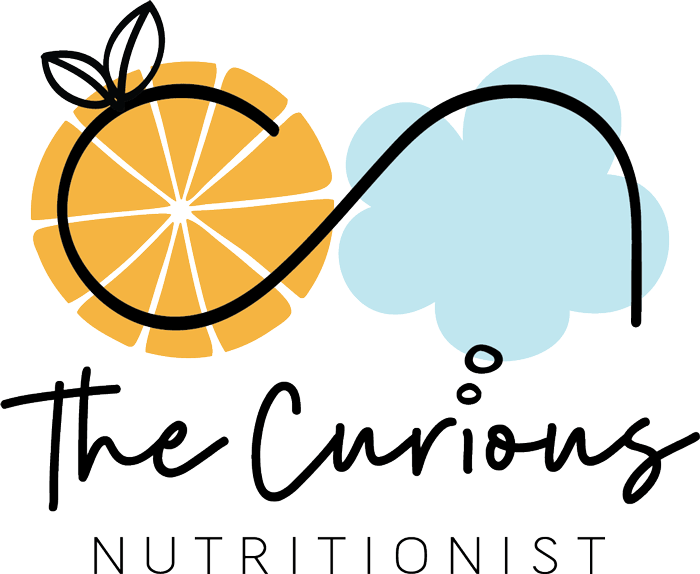The human brain is a fascinating organ that we continue to learn more about. The fitness of the brain is also known as cognitive fitness. Cognitive fitness is the “state of optimized ability to reason, remember, learn, plan, and adapt.”[1] Maintaining brain health and fitness relies on a number of factors; optimal nutrition, regular physical activity, getting good quality sleep and healthy social interactions just to name a few. These days we’re bombarded with an overload of information to improve children’s learning capacity, working memory and health with foods, supplements and brain training programs. How do you decipher what’s best or do you just give them all a go?
What about nutrition to boost brain fitness?
Dietary choices have an impact on brain health. From conception to the early years of life the brain is rapidly developing. There’s sufficient evidence that poor nutrition hinders brain development, the ability to learn effectively along with contributing to behavioural and neurological disorders.[2] On a molecular level the brain is about 60 percent fat.[3] There are two fatty acids that are considered essential; omega-3 (alpha-linolenic acid) and omega-6 (linoleic acid). Essential means that they must be obtained through the diet and cannot be made by the body. These fats are not used as a fuel source but are required for other biological functions. These two essential fatty acids (EFA) are found in the grey matter of the brain. This is were it gets fascinating! The grey matter is primarily neurons and non-neuron cells called glial cells. The glial cells transfer nutrients and energy in the form of glucose into the brain.[4] Neurons are responsible for activating a range of functions in the body like memory, movement, sensory processes, communication and emotions.[5] [6] To support brain health with foods rich in omega-3 and 6 the following foods prove beneficial: oily fish, avocado, soybean, sunflower and canola oil, walnuts, linseeds, eggs, chicken and beef. [7] A diet with a variety of wholefoods from the five food groups provide an abundance of nutrients to keep a child’s brain fit and functioning at optimum. Mood is also regulated better with a quality diet and supports improved mental health outcomes.[8]
Do supplements boost brain fitness?
Whole foods are best to support a growing body and supplementation is only ever really needed when there’s a medically diagnosed deficiency. These days we have vitamin supplements marketed towards children and parents. Parents are easily convinced that these are required if they feel their child isn’t eating adequately. Some of these vitamins can have added sugars to make them more appealing to children. This not only adds to the problem of dental cavities but also distorts our perception that they’re needed to improve health. This results in a belief-based dose response.[9] [10] Sometimes there’s also an attitude of more is better. Supplementation alongside a quality balanced diet can be harmful and may cause toxicity. Some vitamins cannot be stored in the body and are excreted in the urine so supplementation when not required can be just very expensive urine.
Does anything else boost my child’s brain fitness?
Physical activity is not only protective against disease but also a means to improve cognitive function. A systematic review that looked at twelve studies found exposures to physical activity in intense bouts and on a long term basis were both complementary of cognition and learning. [11] In older children and adults there’s solid evidence for strengthened cognitive achievement resulting from aerobic exercise as it produces short term and long term physiological changes in the brain. In school age children the association between physical activity and academic accomplishment as well as positive classroom behaviour is compelling.[12] The brain’s vast map of neural pathways (white matter) that connect to neurons (grey matter) continue to grow when we learn something new. The brain’s many functions like muscle control, memory, speech, sensory reception (think the 5 senses sight, sound, taste, touch and hearing) are a working factory constantly grown and pruned each day. The more experiences we give children in using their bodies in a physically active way, the greater the integration of these functions.
What about brain training apps?
There is really limited evidence that brain training apps actually improve cognitive performance.[13] [14] Researching this kind of application is really difficult and relatively biased. Heavy marketing towards parents for children’s brain training applications claim improved learning and working memory. Working memory is keeping information for a very short period of time in order to perform a task. Following instructions, listening and conversing are part of working memory.[15] Brain training apps are based on working memory principles but do not improve overall cognitive fitness.
My takeaway message here…
Your best bet is to provide your children with an overall quality diet along with opportunities to be physically active in order to improve aerobic fitness. Getting children to move the large muscles of their body where it impacts the heart resulting in the huff and puff response is highly beneficial. Ditch the unnecessary supplementation and continue to expose your children to variety of foods from the five food groups. Optimizing children’s cognitive fitness really comes down to how we feed the mind and body.
References
[1] “Cognitive fitness. – NCBI.” https://www.ncbi.nlm.nih.gov/pubmed/18159786. Accessed 13 Apr. 2018.
[2] “Early Childhood Development – Unicef.” https://www.unicef.org/dprk/ecd.pdf. Accessed 13 Apr. 2018.
[3] “Essential fatty acids and human brain. – NCBI.” https://www.ncbi.nlm.nih.gov/pubmed/20329590. Accessed 13 Apr. 2018.
[4] “Why Is Gray Matter Gray? – Live Science.” 24 May. 2010, https://www.livescience.com/32605-why-is-gray-matter-gray.html. Accessed 13 Apr. 2018.
[5] “The role of nutrition in children’s neurocognitive … – NCBI – NIH.” 26 Mar. 2013, https://www.ncbi.nlm.nih.gov/pmc/articles/PMC3607807/. Accessed 13 Apr. 2018.
[6] “Neurons: What are they and how do they work? – Medical News Today.” 7 Dec. 2017, https://www.medicalnewstoday.com/articles/320289.php. Accessed 13 Apr. 2018.
[7] “Monounsaturated and polyunsaturated (omega-3 and omega-6) fats ….” https://www.heartfoundation.org.au/healthy-eating/food-and-nutrition/fats-and-cholesterol/monounsaturated-and-polyunsaturated-omega-3-and-omega-6-fats. Accessed 13 Apr. 2018.
[8] “Relationship Between Diet and Mental Health in Children … – NCBI – NIH.” https://www.ncbi.nlm.nih.gov/pmc/articles/PMC4167107/. Accessed 13 Apr. 2018.
[9] “Kids’ vitamin gummies: unhealthy, poorly regulated and exploitative.” 28 May. 2017, http://theconversation.com/kids-vitamin-gummies-unhealthy-poorly-regulated-and-exploitative-76466. Accessed 13 Apr. 2018.
[10] “Who takes dietary supplements, and why? – Science-Based Medicine.” 14 Feb. 2013, https://sciencebasedmedicine.org/who-takes-dietary-supplements-and-why/. Accessed 14 Apr. 2018.
[11] “The relationship between physical activity and diet and … – NCBI – NIH.” 22 Apr. 2016, https://www.ncbi.nlm.nih.gov/pmc/articles/PMC4929214/. Accessed 14 Apr. 2018.
[12] “The relationship between physical activity and diet and … – NCBI – NIH.” 22 Apr. 2016, https://www.ncbi.nlm.nih.gov/pmc/articles/PMC4929214/. Accessed 14 Apr. 2018.
[13] “Brain training app used to treat memory condition – NCBI – NIH.” 3 Jul. 2017, https://www.ncbi.nlm.nih.gov/pubmedhealth/behindtheheadlines/news/2017-07-03-brain-training-app-used-to-treat-memory-condition/. Accessed 14 Apr. 2018.
[14] “Enhancing Cognitive Functioning in Healthly Older … – Springer Link.” https://link.springer.com/article/10.1007/s11065-016-9338-9. Accessed 14 Apr. 2018.
[15] “A Classroom Guide – Swindon Schoolsonline.” http://schoolsonline.swindon.gov.uk/hts/Documents/WM-classroom-guide.pdf. Accessed 14 Apr. 2018.


